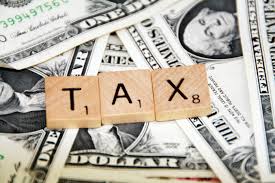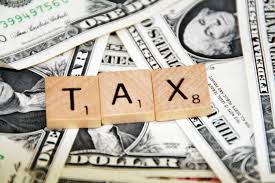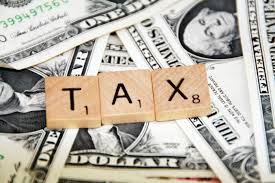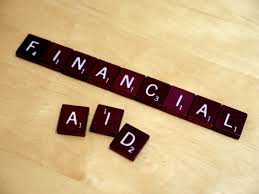Tax Disasters
Every once in a while, I see someone in a tax pickle for which there is no solution. The “pickles” may differ, but there is one common denominator: Most of the time you did it to yourself. Naturally, it is extra painful when you realize that you have only yourself to blame for the mess. Here are some examples of situations that can happen when you least expect them.
The Earned Income Credit
This is a classic. The earned income credit is the great money giveaway. Essentially, if you are poor with children, you will get back extra money – lots extra. Let’s take the following case: Family A has three children and an income of $25,000. They will be handed a gift by the government: $10,445, to be exact. Yes, over $10,000 in free money! There is a catch, however: Your investment income (interest, dividends, and capital gains) must be under $3,400.











